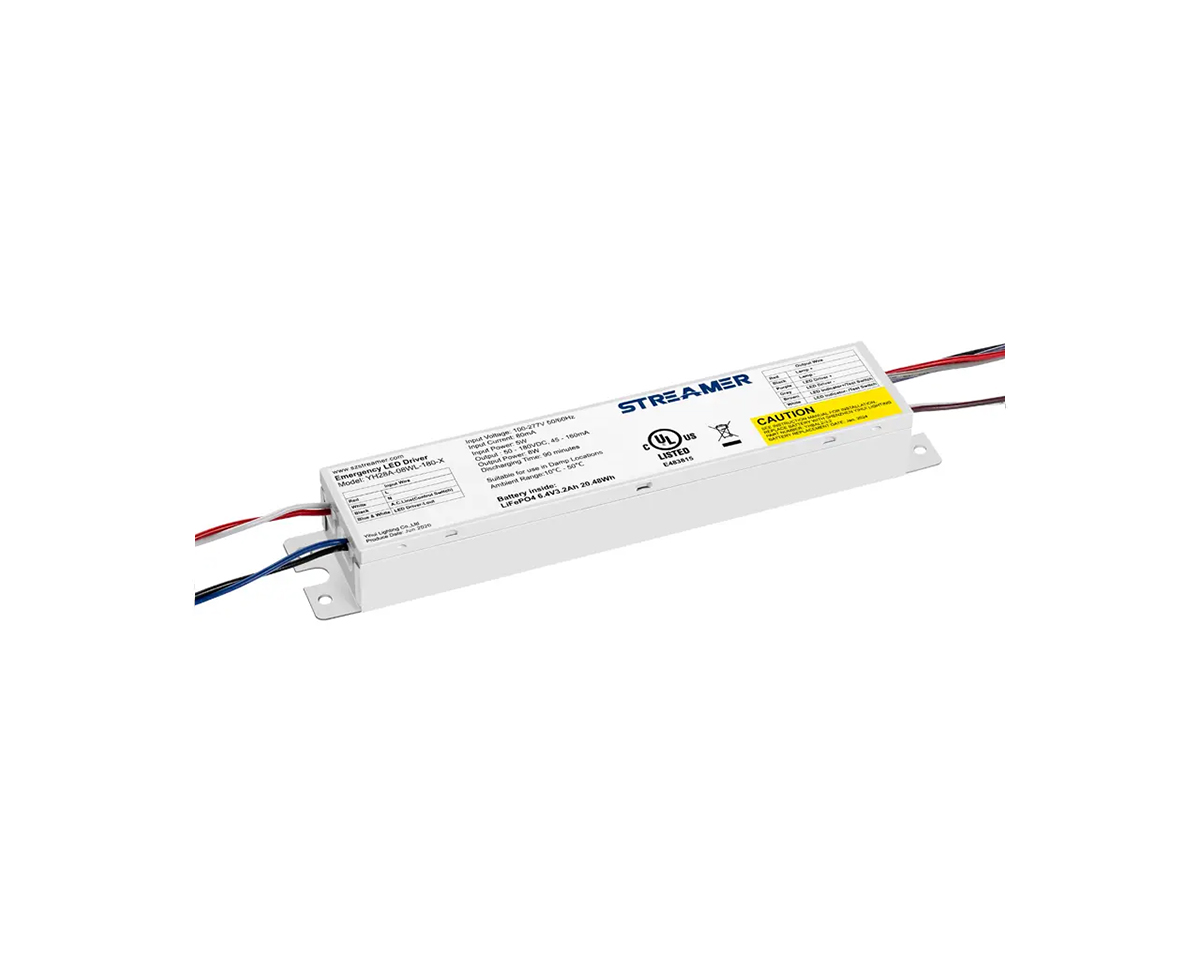 1
1
 Jun 06, 2025
Jun 06, 2025

The power system of emergency drivers is a complex and crucial part that ensures the driver can operate effectively during emergency situations. It typically consists of multiple components, each with its own specific function and contribution to the overall performance of the emergency driver.
One of the core components of the power system is the energy source. For many emergency drivers, batteries are commonly used as the energy source. Batteries provide a reliable and portable power supply, ensuring that the emergency driver can operate independently of the main power grid. Different types of batteries, such as lead - acid batteries, lithium - ion batteries, or nickel - cadmium batteries, can be used depending on the requirements of the emergency driver. Lead - acid batteries are cost - effective and have a long - established track record, but they may have relatively lower energy density and longer charging times. Lithium - ion batteries, on the other hand, offer high energy density, fast charging capabilities, and a longer lifespan, making them suitable for high - performance emergency drivers.
In addition to the battery, the power - conversion system is essential. This system includes components such as inverters and converters. Inverters are used to convert the direct - current (DC) power from the battery into alternating - current (AC) power, which is required by many electrical motors in the emergency driver. Converters, on the other hand, can be used to step up or step down the voltage as needed. For example, a DC - DC converter may be used to adjust the battery voltage to a suitable level for the control circuits and other low - voltage components in the emergency driver.
The motor is another key component of the power system. Electric motors are commonly used in emergency drivers due to their high efficiency and precise control characteristics. Depending on the application, different types of motors, such as brushed DC motors, brushless DC motors, or AC induction motors, can be selected. Brushed DC motors are relatively simple and cost - effective but may require more maintenance due to the wear of the brushes. Brushless DC motors offer longer lifespan, higher efficiency, and better control, making them increasingly popular in modern emergency drivers. AC induction motors are known for their high power - handling capabilities and are often used in larger - scale emergency drivers.
Furthermore, the power - transmission components are also important for the power system. These include gears, belts, and shafts. Gears are used to change the speed and torque of the motor output, allowing the emergency driver to operate at the desired speed and force. Belts can be used for power transmission in some applications, providing a flexible and relatively quiet way to transfer power. Shafts connect different components in the power - transmission system, ensuring the smooth transfer of rotational power. All these components work together in the power system of emergency drivers to provide the necessary power, speed, and torque for reliable emergency operation.